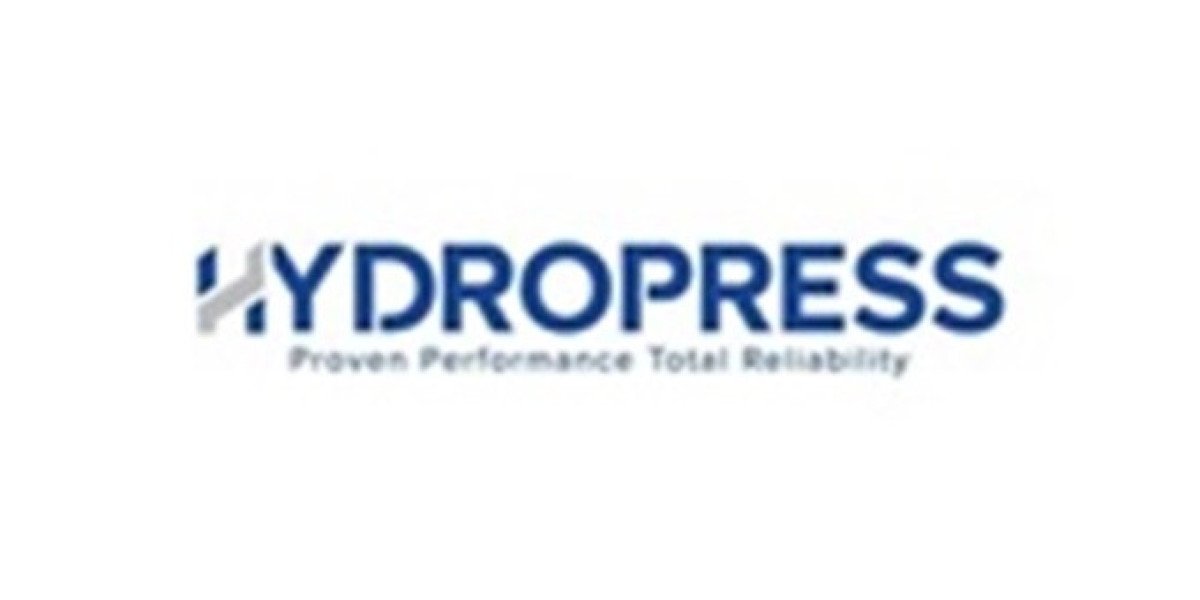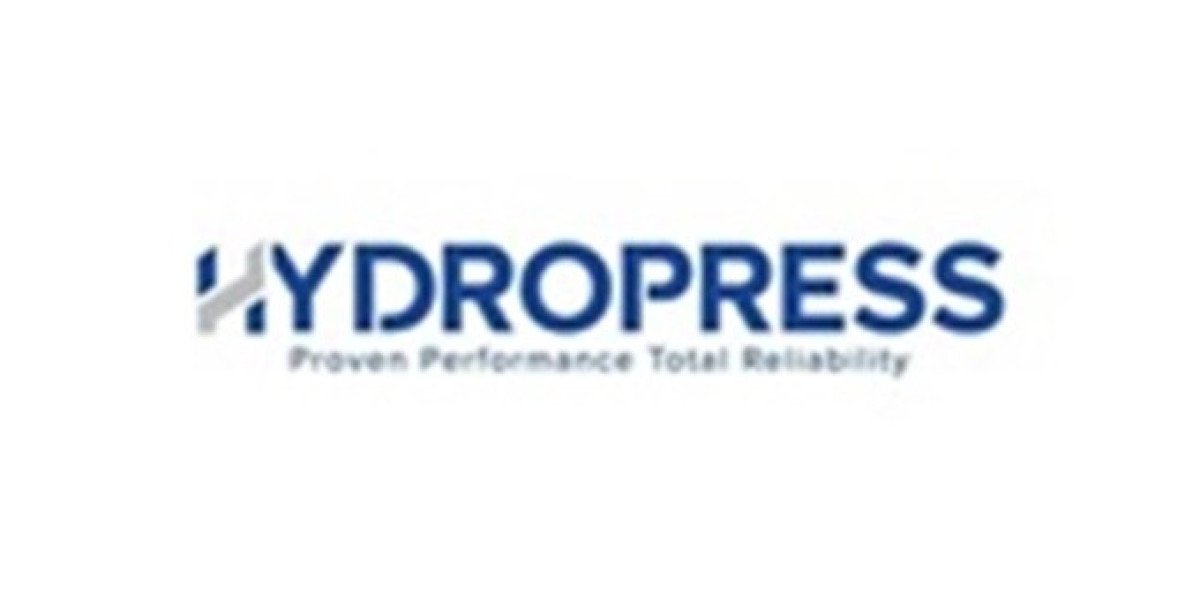When it comes to wax/resin ribbons, understanding the differences between the types available can significantly impact your printing quality and efficiency. This article will delve into the characteristics, applications, and benefits of both wax and resin ribbons, helping you make an informed decision for your printing needs.
What are Wax and Resin Ribbons?
Wax/resin ribbons are essential components in thermal transfer printing. They consist of a thin film coated with ink, which is transferred onto the substrate when heat is applied. The choice between wax and resin ribbons largely depends on the specific requirements of your printing tasks.
Characteristics of Wax Ribbons
Wax ribbons are primarily made from a wax-based ink. They are known for their:
- Cost-effectiveness: Wax ribbons are generally less expensive than resin ribbons, making them a popular choice for high-volume printing.
- Versatility: They work well on a variety of materials, including paper and some synthetic substrates.
- Print Quality: While they produce good quality prints, they may not be as durable as resin ribbons.
These ribbons are ideal for applications such as shipping labels, retail tags, and other short-term labeling needs. However, if you require prints that withstand harsh conditions, you may want to consider resin ribbons.
Characteristics of Resin Ribbons
Resin ribbons, on the other hand, are made from a resin-based ink. They offer several advantages:
- Durability: Resin ribbons provide superior resistance to scratches, chemicals, and extreme temperatures.
- High-Quality Prints: They produce sharp, high-resolution images that are ideal for barcodes and detailed graphics.
- Long-Lasting: Prints made with resin ribbons are more likely to last longer, making them suitable for labels that need to endure various environmental conditions.
These ribbons are often used in industries such as manufacturing, healthcare, and logistics, where durability is crucial.
Choosing the Right Ribbon for Your Needs
When deciding between wax and resin ribbons, consider the following factors:
- Application: What type of labels are you printing? Will they be exposed to harsh conditions?
- Budget: Are you looking for a cost-effective solution or willing to invest in higher-quality prints?
- Print Volume: How many labels do you need to print? High-volume printing may benefit from the cost-effectiveness of wax ribbons.
By evaluating these factors, you can determine which type of wax/resin ribbon best suits your printing requirements.
Conclusion
In summary, both wax and resin ribbons have their unique advantages and applications. If you prioritize cost and versatility, wax ribbons may be the right choice. However, if durability and print quality are your main concerns, resin ribbons are likely the better option. Understanding the differences between these wax/resin ribbons will empower you to make the best decision for your specific printing needs.







